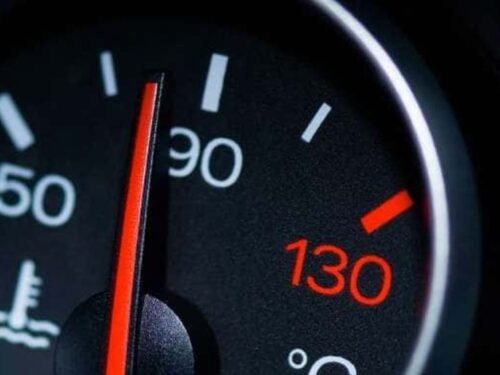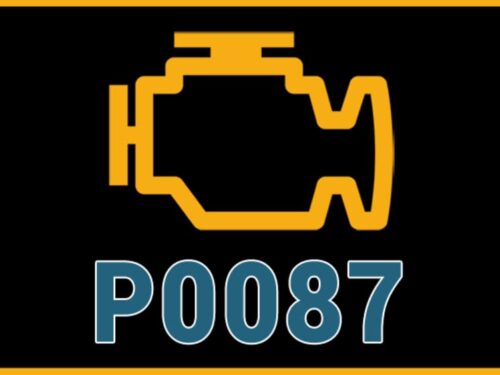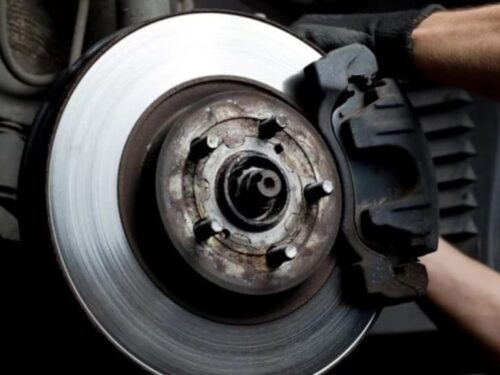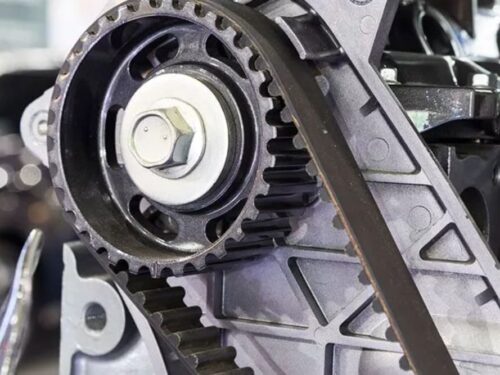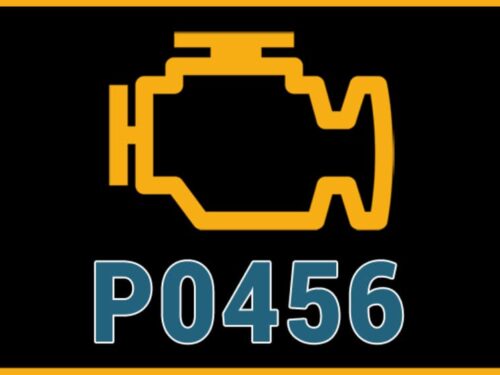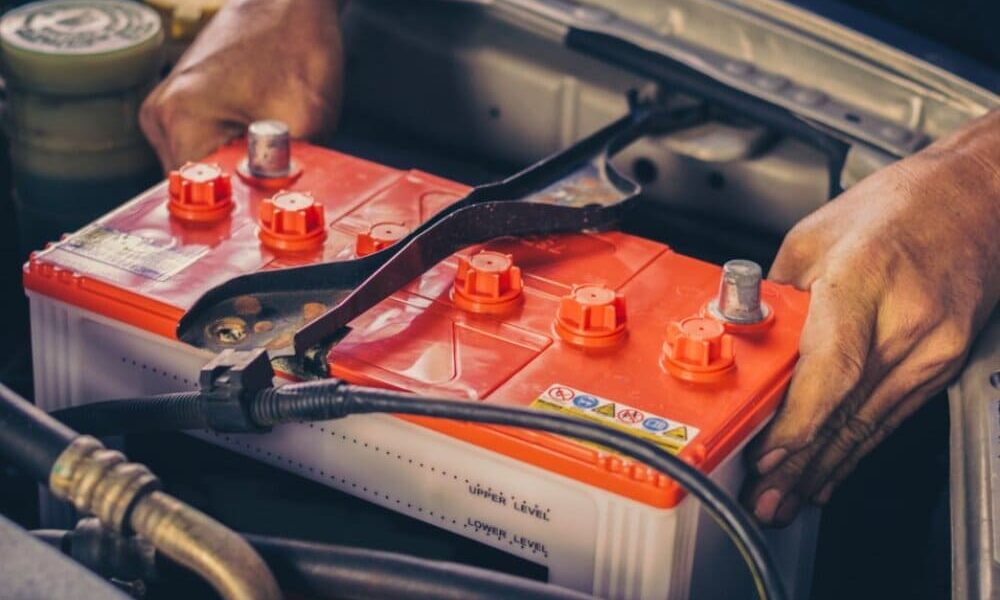
Located under the vehicle’s hood, a car battery provides the electricity to power the door locks, lights, sliding windows, and several other accessories. Most importantly, though, your car battery is pivotal for starting your vehicle. With a dead battery, your car ceases to be functional.
Often, a problem with the car battery is not easy to identify. There are times when you have to merely recharge your battery, while other instances require a replacement. However, if you know what to look for, it is not all that hard to keep tabs on your car battery. In this guide, we will help you learn more about charging, boosting, checking, and replacing the battery.
How Long Does A Car Battery Last?
There is no consensus on the length of a car battery’s life. While some people might claim that a battery rarely lasts beyond four years, others will tell you that six years is a more reasonable estimate.
The truth is, there are several factors that determine how long a car battery will last:
Climate: Extreme temperatures might cause the battery’s overall capacity to reduce.
Vibration: Vibration also negatively affects a vehicle battery’s life, and hence, you need to ensure that your battery is fastened securely under the hood and that all the bolts and brackets are in place.
The use of in-car electronics: So many in-car features require power, which ends up depleting the battery. Some of these features include headlights, windshield wipers, car stereo, AC/heater, backup cameras, and navigation.
When Should You Replace A Car Battery?
It is certainly hard to determine the health of your car battery from the outside, but there are other ways to gain a deeper insight. One of the telltale signs that something is wrong is a slow crank. If you hear your vehicle wheezing during ignition, it is a sign that there might be a problem, especially if the weather is not particularly cold.
The wheezing might be the result of a weakened alternator that is struggling to charge the battery fast enough, so the problem might not be with the battery specifically. However, there are a few checks that will help you determine if your battery needs a replacement or not.
Checking Your Car Battery for Damage:
It is a good idea to start checking your car battery more frequently if you have had it for a period of three years or more. There are two checks that you can perform – the eye test and the load test.
The eye test:
The eye test simply involves lifting the hood and performing a visual inspection. Check if there are signs of corrosion around the cell connectors or the posts that hold the battery, cracks on the sides, or the top or bottom of the battery, unusual stains, or a broken or frayed cable. If you spot any of these signs, it might be time to get a new battery.
The load test:
A load test will allow you to assess the charge and capacity. You will need a handheld voltmeter or multimeter, both of which will easily be available at any automotive or hardware store.
The load test involves the following steps:
- Setting the multimeter or voltmeter at 20 DC volts.
- Lifting the hood and matching the prongs to the black (negative) and red (positive) battery terminals.
- Pushing the start button (there is no need to start the vehicle yet).
- Checking for a reading that maintains 9.6 volts. If it reaches that mark and then drops steadily, it is a bad sign. Instantly dropping to zero is also indicative of a problem.
- Turning on the engine and waiting for the measurement to hit around 12.6 volts. If it is higher than 12.9 volts or lower than 12.2 volts, your car battery either requires its excess charge to be removed or needs a slow charge.
- To remove the excess charge, you can connect your high beam headlights.
- For an undercharged battery, use an electric cord with two cable jumpers with alligator clips and a plug. Connect the alligator clips to the positive and negative terminals. Remember that, in the long-term, a slow charge is more beneficial for a car battery than a fast one.
If you notice that your battery is constantly struggling to retain its charge, it is time to get a new battery.
Factors to Consider While Choosing A Car Battery:
- Battery size:
Car batteries are segmented into group sizes which are based on the battery length, width, and height. You can ask a mechanic to help you determine your vehicle battery size or refer to the owner’s manual. Your battery should fit perfectly in the battery tray, making sure that the battery remains secure and not vulnerable to any damage.
- Reserve capacity:
The reserve capacity is the amount of time that a car battery can function using its own power without the engine and prior to discharge. A battery with a high reserve capacity will help your car get through complicated situations such as alternator failure, non-compliant engines, or lights that are accidentally left on.
- Power requirement:
Power requirement is measured using the Cranking Amps (CA) and the Cold Cranking Amps (CCA). Cranking Amps is the power required to start a vehicle at a temperature of zero degrees Celsius, while CAA measures the battery’s ability to start a car at a temperature of zero degrees Celsius. CCA is a useful measure for colder climates; the higher your car’s CCA, the better.
- Maintenance:
You can either get a battery with low-maintenance or one that is maintenance-free. The latter type is normally sealed and allows the liquid electrolyte to run throughout the life of the battery, needing no replacement. Low-maintenance batteries, on the other hand, are unsealed and have caps that let the owner occasionally add distilled water.
Replacing a Car Battery:
Once you have determined that your car battery needs to be replaced, you can follow the below steps to perform the replacement by yourself:
- Ensure that the vehicle is not on and that the parking brakes are in place.
- Use your smartphone to take a picture of the battery compartment before removing it. Taking a picture will help you remember how the new battery needs to be reconnected.
- Start by disconnecting the negative (black) cable. Next, disconnect the positive (red) cable.
- Remove the battery restraint with the help of a wrench.
- Take out the battery. Make sure to keep it steady while lifting it up.
- Reverse the uninstallation steps and replace the new battery.
Remember to properly dispose of the old battery. You can take it to a store that deals in new car batteries.
To conclude, we hope that this article equipped you with some essential information about car batteries and how to work with them.
Courtesy of paautoinspection


